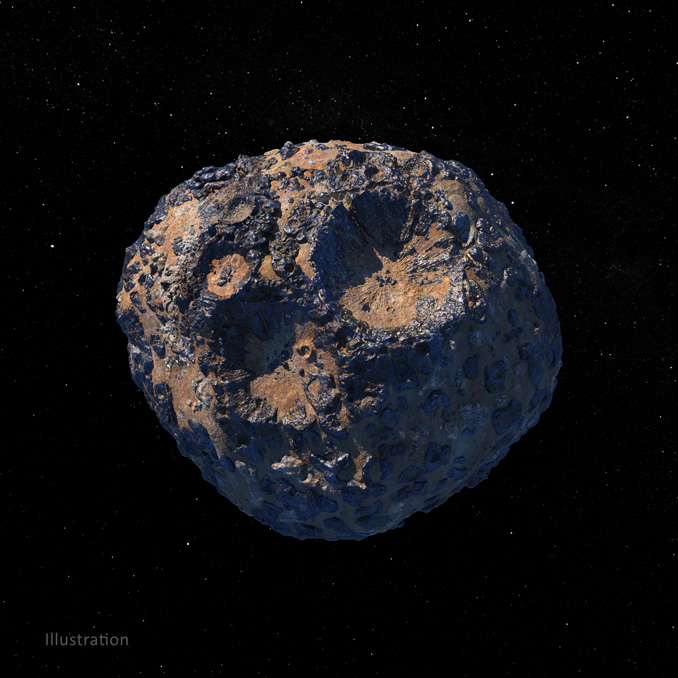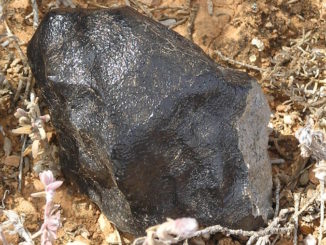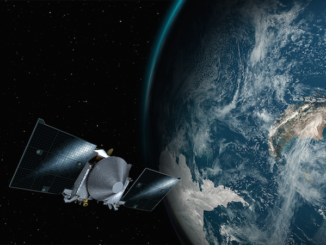
The asteroid 16 Psyche, long thought to be the exposed iron core of a failed planet, is the target of an ambitious NASA probe later this decade that will study the body from close range to learn more about the processes that helped form the solar system’s terrestrial planets.
But new research indicates Psyche may not be as dense or metallic as previously thought.
As reported in the Planetary Science Journal, the asteroid appears to be made up of about 82.5 percent metal, 7 percent low-iron pyroxene and 10.5 percent carbonaceous chondrite delivered during impacts by other asteroids. 16 Psyche’s bulk density, a measure of its porosity, is thought to be around 35 percent.
Earlier estimates led researchers to conclude its composition was up to 95 percent metallic, implying a much denser body in line with an exposed core.
“That drop in metallic content and bulk density is interesting because it shows that 16 Psyche is more modified than previously thought,” said lead author David Cantillo, an undergraduate student at the University of Arizona.
Past estimates of the asteroid’s composition were based on analysis of sunlight reflected from the surface. Cantillo’s team used a different approach, mixing materials in the laboratory to get light patterns that closely matched telescope observations.
The data suggest 16 Psyche may be a more loosely-packed “rubble pile” asteroid than the exposed iron core of an early planet.
“Psyche as a rubble pile would be very unexpected, but our data continues to show low-density estimates despite its high metallic content,” Cantillo says.
NASA’s Psyche probe likely will settle the matter conclusively. Scheduled for launch in 2022, the spacecraft is expected to reach the asteroid in 2026, braking into orbit for nearly two-years of close-range observation



